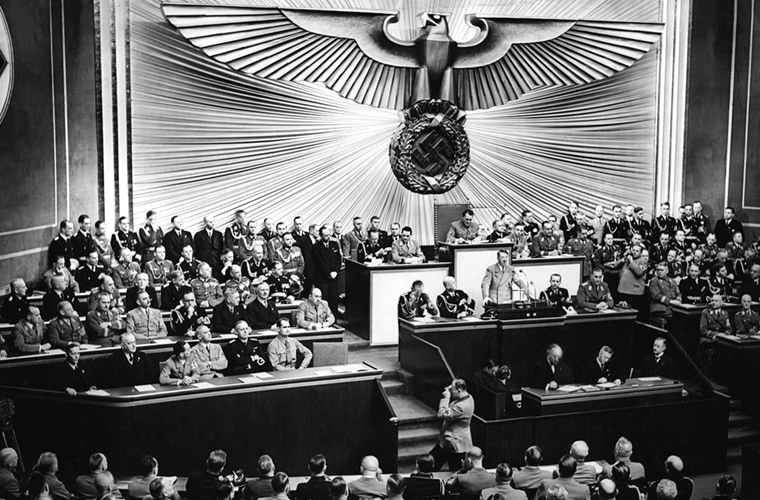The concept of a “Reich” has played a significant role in German history, symbolizing different eras of political power and influence. The First and Second Reichs are two distinct periods that have shaped Germany’s trajectory and left a lasting impact on its society. In this article, we will delve into the historical significance of these two Reichs, exploring their origins, characteristics, and legacies.
The First Reich:
The term “First Reich” refers to the Holy Roman Empire, which existed from 962 to 1806. This medieval empire encompassed vast territories in Central Europe and was characterized by a complex political structure. The Holy Roman Empire was founded by Otto I, who sought to revive the glory of the ancient Roman Empire. However, unlike its predecessor, the Holy Roman Empire was a decentralized entity, with power shared among various princes and ecclesiastical leaders.
One of the defining features of the First Reich was the close relationship between the secular and religious authorities. The emperor, who was elected by a group of influential nobles known as electors, held both political and religious authority. The emperor’s role as the protector of the Catholic Church further solidified the connection between the secular and religious realms.
Despite its grand title, the First Reich faced numerous challenges throughout its existence. The decentralized nature of the empire often led to internal conflicts and power struggles among the nobility. Additionally, external threats, such as invasions from neighboring kingdoms and conflicts with the Papacy, posed significant challenges to the stability of the empire.
The First Reich came to an end in 1806 when Napoleon Bonaparte dissolved the Holy Roman Empire after his victory over Austria. This marked a significant turning point in German history, as it paved the way for the rise of nationalism and the eventual formation of a unified German state.
The Second Reich:
The term “Second Reich” refers to the German Empire, which existed from 1871 to 1918. This period marked the consolidation of various German states into a single nation-state under the leadership of Prussia. The establishment of the German Empire was a result of Otto von Bismarck’s diplomatic and military efforts, culminating in the Franco-Prussian War.
The Second Reich was characterized by rapid industrialization and economic growth. Germany emerged as a major global power, with a strong military and a flourishing economy. Under Kaiser Wilhelm I and later Kaiser Wilhelm II, Germany pursued an ambitious foreign policy, seeking to expand its influence and secure its position among other European powers.
However, the Second Reich was not without its challenges. The rapid industrialization led to social tensions and growing discontent among the working class. Political rivalries between conservative and liberal factions further complicated governance and hindered social progress. Additionally, Germany’s aggressive foreign policy and its pursuit of colonies sparked tensions with other nations, ultimately contributing to the outbreak of World War I.
The legacy of the Second Reich is complex and multifaceted. On one hand, it marked a period of unprecedented economic growth and technological advancements. Germany became a leading industrial nation, with significant contributions to science, literature, and philosophy. On the other hand, the militaristic nature of the Second Reich and its aggressive foreign policy laid the groundwork for future conflicts and tensions.
Conclusion:
The First and Second Reichs represent two distinct periods in German history, each with its own unique characteristics and legacies. The First Reich, with its decentralized political structure and close ties to the Catholic Church, laid the foundation for medieval German society. The Second Reich, on the other hand, marked Germany’s emergence as a modern nation-state and global power.
While both Reichs faced their own set of challenges and shortcomings, they played pivotal roles in shaping Germany’s trajectory. The lessons learned from these periods continue to resonate in contemporary German society, reminding us of the complexities and nuances of history. As we reflect on the First and Second Reichs, it is essential to acknowledge their impact while also striving to learn from their successes and failures in order to build a better future.

